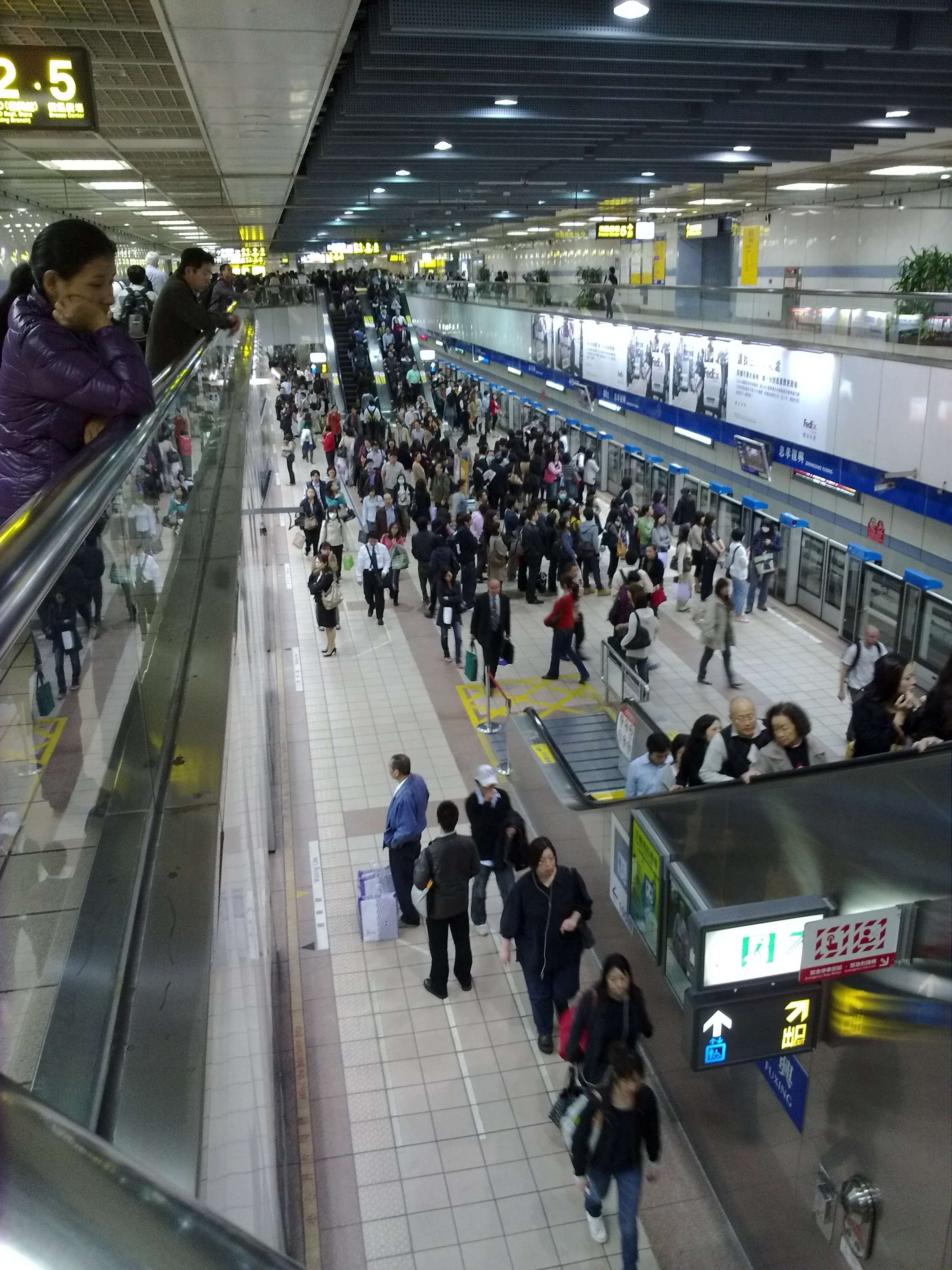If you’re going to Taiwan, you’ll be happy to know that Taiwan’s public transport system is incredible. There were bus stops almost everywhere you go, the subway can take you to more central areas, and maps of each system available at stops and stations alike.
Buses
The first, most important thing you’ll want to know when getting on a bus is, of course, where that bus is going. In Taiwan, however, the second most important thing to know is when you’re going to have to pay–and, understandably, the bus drivers are pretty insistent about this. Yes, you can actually pay that the wrong time!
All buses have a sign that lights up, telling you either 上車 (shang4 che1) or 下車 (xia4 che1). These signs are vital to navigating the bus system! “上” means “on,” and “下” means “off.” “車” just means “car or bus.” “So “上車” means simply that you pay when you get on the bus, while “下車” means you pay right before you get off the bus.
If the sign says 上下車, with both characters lit up, you’ll have to pay both when you get on and off the bus. Don’t worry–if you get it wrong, the bus driver will definitely remind you!
MRT
The MRT (Mass Rapid Transit, or subway) system is extremely widespread and useful, and many Taiwanese people use it instead of owning cars.

Each line is coded with a different color, and is known by the last stop on the line. For example, if you’re going to the town of DanShui (淡水), near Taipei, you’ll take the blue DanShui Line–but you’ll also take that line if you’re going anywhere on the way to DanShui.
The MRT is usually an extremely clean place, and stations even have an area called “Waiting Zone for Female Passengers at Night” that is in range of monitored video cameras. Station information attendants may even speak a little English, or have access to someone who does.
- Travel Tip: Taiwanese culture is extremely respectful towards the elderly. People on the subway will usually stand rather than take seat designated for the elderly or disabled, even if there are no elderly passengers in need of these seats. In addition, it’s polite (and somewhat expected) for younger passengers to give up their seats if other seats are full and an older person is standing.
Paying for Public Transportation in Taiwan
By far the easiest way to pay for the buses and MRT is (surprise, surprise) an “EZ” Card. This cheap, multicolored card has a balance that you can check and add to in any MRT station, 7-11, or Family Mart. Swiping the card is much more convenient than worrying about counting out coins!
To put money on the card, you can go to a 7-11 or a Family Mart (two convenience stores prevalent in Taiwan). Give the cashiers your card and the cash you want to put onto it and say “請換錢” (qing3 huan4 qian2), which means literally “change money.” They’ll add the money to your balance, and give you a receipt with the new balance at the bottom.
- Travel tip: When you’ve successfully swiped and paid for the bus or MRT, the machine will give a “beep beep” sound, which has led to many Taiwanese calling their EZ Cards “bibi ka” –which just means “beep beep card.”
[Picture credits: Andrew Currie and Eazy Traveler]